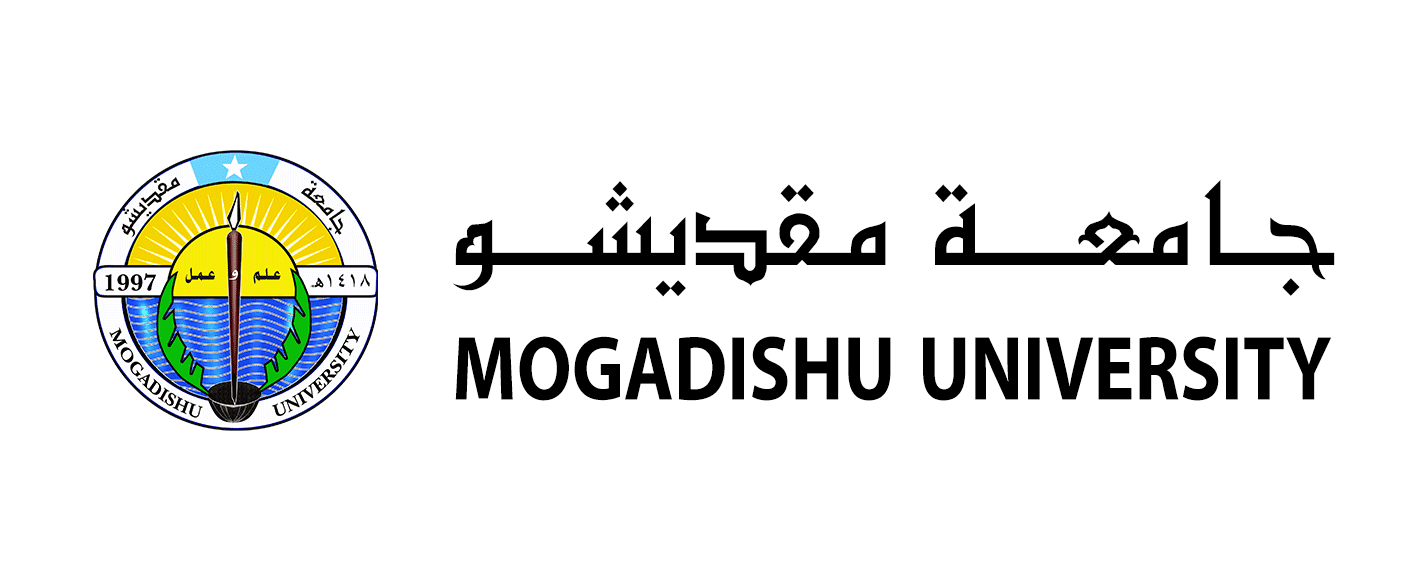Author
Eng. Abdirahman Ismail Dhaqane, Dean, Faculty of Engineering, Mogadishu University
Rainwater Harvesting at Mogadishu University Main Campus: Key Sustainability for Saving Water
Abstract
The largest environmental challenge that Somalia faces today is the scarcity of water. Many methods have been suggested to increase the sources of water supply; one alternative source is rainwater harvesting, in
the absence of run-off sewer systems in most Somalia rural and urban areas, rainfall harvesting from roads, parking lots, and rooftops can increase water supply for various domestic uses and help struggle the chronic water shortages in the country.
This paper presents a feasibility analysis of rainwater harvesting systems for the Mogadishu University Main campus. The results show that a maximum of 15.5 480 m3/y of rainwater can be collected from the roof Faculty of Education buildings provided that all surfaces are used and rain falling on the surfaces is collected. Also, results indicate that in stations like engineering, education, and health science buildings where rainfall water is scarce, and cannot meet up demand per annum, a large catchment roof area is
required to improve the collection of water to meet the demand within these buildings.
The administration building only meets up the demand per annum. It should be noted that roof rainwater harvesting is only able to provide sufficient water Gardenias and vegetable plots. Finally, this research offers some recommendations to overcome the present challenges as well as to guide future development projects, donor communities, and the Government of Somalia to improve the rainwater
and sanitation situation in Mogadishu Main Campus. Therefore, a great potential for exploitation of rainwater harvesting from building roofs is possible at Mogadishu University-Main Campus.



